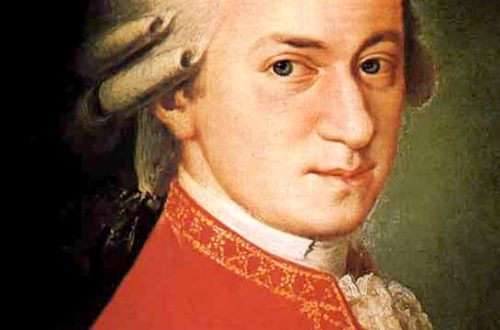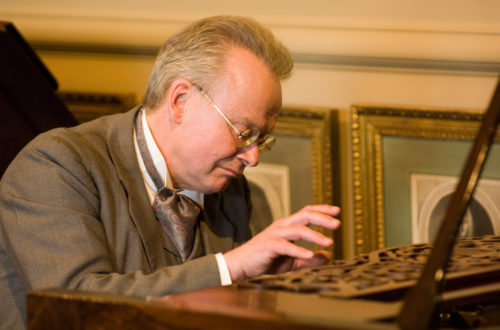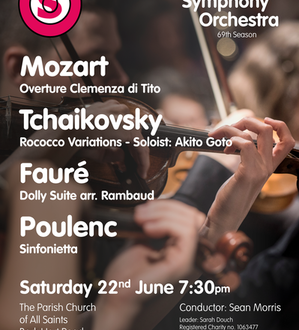
Tchaikovsky’s Violin Concerto featuring soloist Haru Ushigusa
Concert: 7.30pm Saturday December 3rd, 2016
Our next concert will present Beethoven’s Egmont Overture and Symphony no.3 (Eroica) and Tchaikovsky’s Violin Concerto with soloist Haru Ushigusa.
Symphony No. 3 in E flat major, Opus 55 – also known as Sinfonia Eroica, or Heroic Symphony, is a structurally rigorous composition which marked the beginning of Ludwig van Beethoven’s creative middle-period. He began composing the third symphony soon after finishing his Symphony No. 2; and completed it in early 1804.
Beethoven’s Egmont, Op. 84, written between October 1809 and June 1810 is a set of incidental music pieces for the 1787 play of the same name by Johann Wolfgang von Goethe. It consists of an overture followed by a sequence of nine pieces. The powerful and expressive overture is one of the last works of Beethoven’s creative middle period and is in a similar style to the Fifth Symphony, which he had completed two years earlier.
The subject of the Egmont is the life and heroism of 16th-century Dutch nobleman, the Count of Egmont. It was composed during the period of the Napoleonic Wars, at a time when the French Empire had extended its domination over most of Europe. Beethoven had famously expressed fury over Napoleon Bonaparte’s decision to crown himself Emperor in 1804, furiously scratching out his name in the dedication of the Eroica Symphony.
In the music for Egmont, Beethoven expressed his own political concerns through the exaltation of the heroic sacrifice of a man condemned to death for having taken a valiant stand against oppression. The Overture later became an unofficial anthem of the 1956 Hungarian revolution.
Tchaikovsky’s Violin Concerto in D major, Op. 35, was written in 1878. It is one of the best known violin concertos, and is considered one of the most technically difficult works for the violin. He wrote it while staying in Clarens, a Swiss resort on the shores of Lake Geneva, where he had retreated to recover from depression brought on by a failed marriage to Antonina Miliukova. He was working on his Piano Sonata in G major at the time, but lacked inspiration.
He was joined in Clarens by his composition pupil, the violinist Iosif Kotek, with whom he played works for violin and piano, some of which revived his inspiration, and he made swift progess on the concerto – which was completed within a month.
We are pleased to welcome Haru Ushigusa to perform this concerto with us.
Haru Ushigusa studied with Jyunko Isono in Japan, and with Tomotada Soh at the Royal Academy of Music on London where she was supported by a Rohm Music Foundation scholarship. After winning several prizes, she graduated from the Academy in 2013 with distinction. She has taken part in master classes by Maxim Vengerov, Tomas Brandis, and Koichirou. Haru performs regularly in UK and Japan as a soloist and in chamber music. Most recently, concert and recital venues have included, Burgh House, Hampstead; The Bösendorfer Harmony Tower, Tokyo; the Art Tower, Mito; the Palty Hall, Hitachiota City; and the Tokai Art Cultural Centre, Japan.
Haru was a semi-finalist in the 2012 International Brahms Competition in Austria 2012, and in the Sendai International Music Competition in 2013, when she also performed concertos by Mozart and Bartok with the Sendai Philharmonic Orchestra at the Sendai Youth Cultural Centre. She made her professional debut at Kioi Hall, Tokyo, as the highest achiever of the Toho Gakuen Music Hight School. Haru has been a member of the Dulcinea Quartet since since 2008. The quartet, which gives regular recitals in the UK, toured Japan Tour in 2014 and 2015, and has recently been invited to perform in Tokyo, Yokohama, Shiga, Ibaraki, and Aomori.





